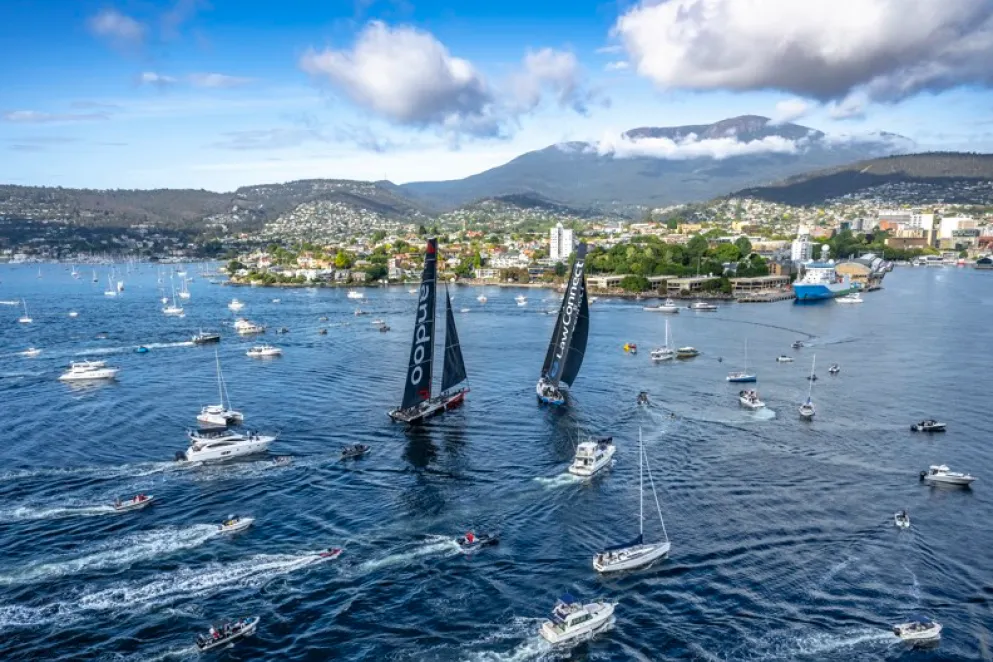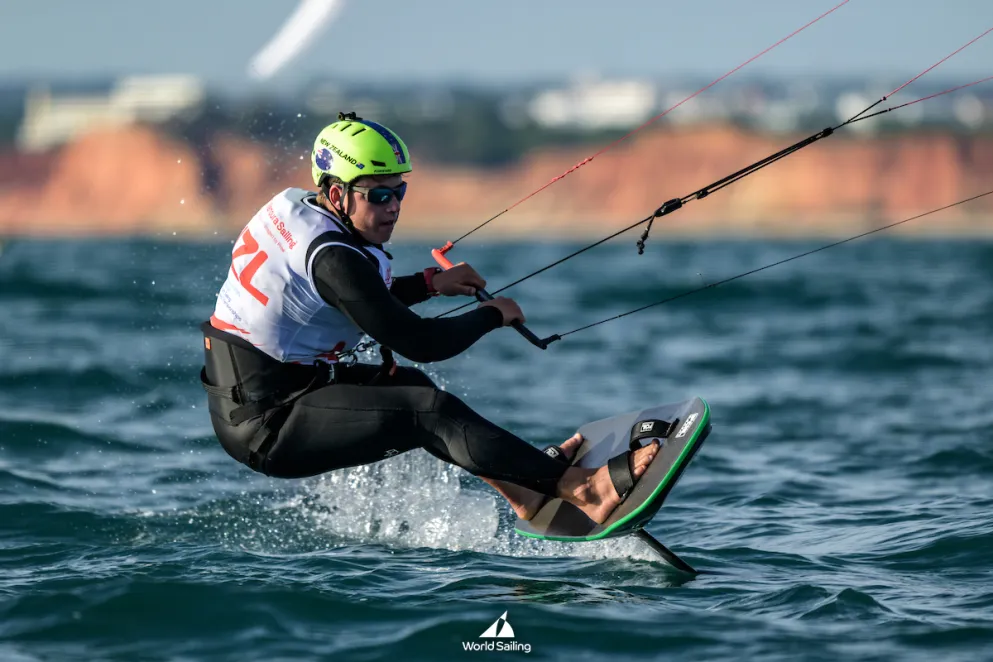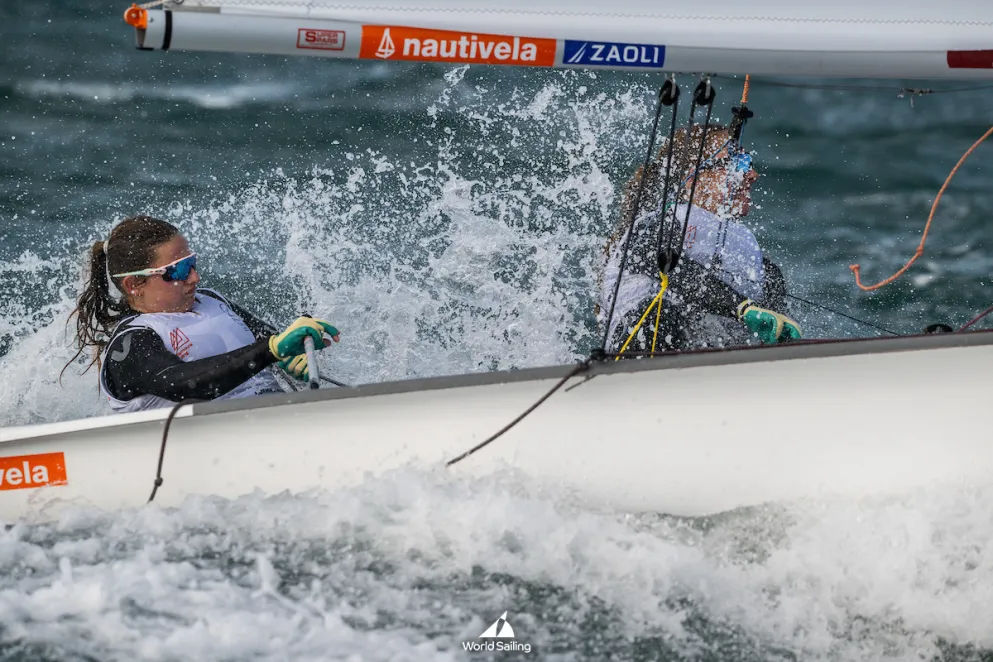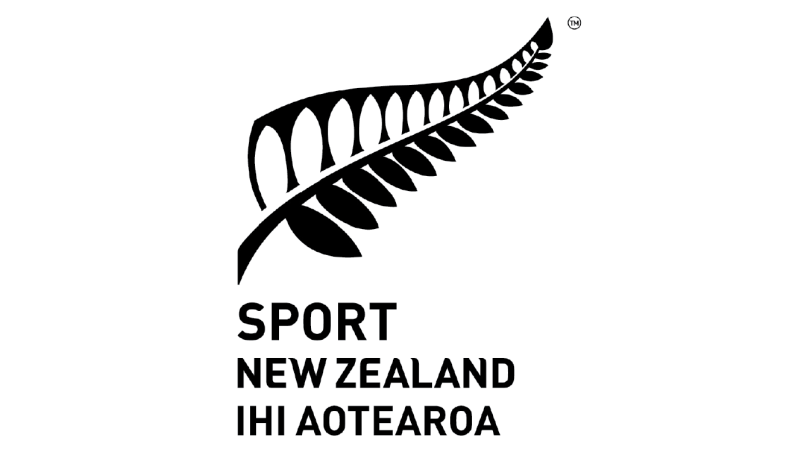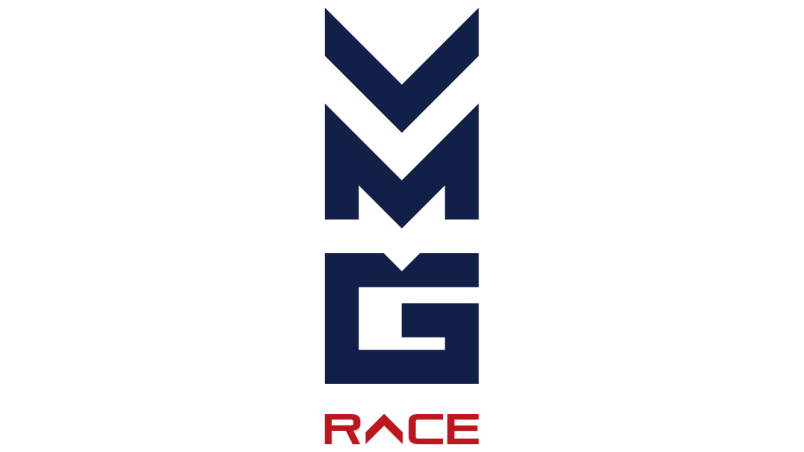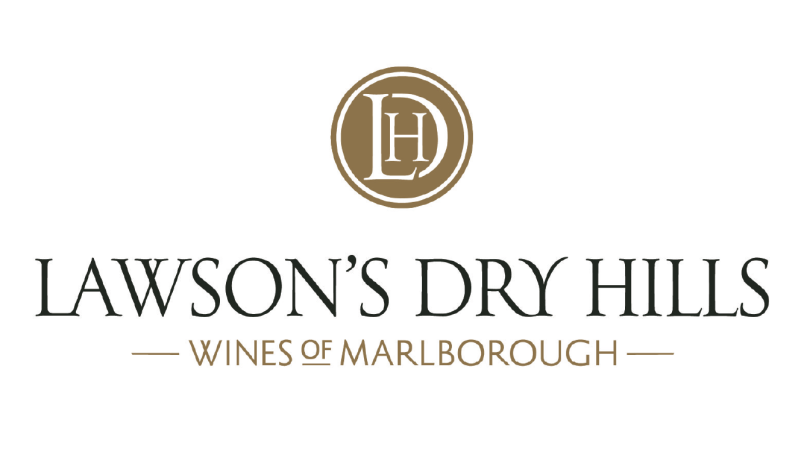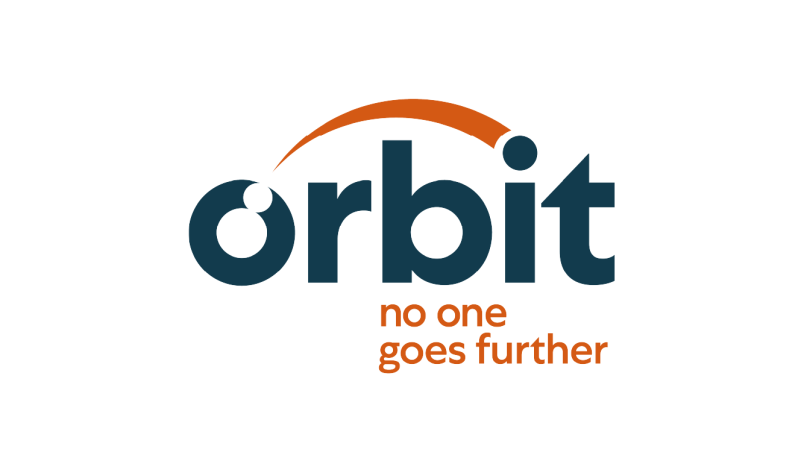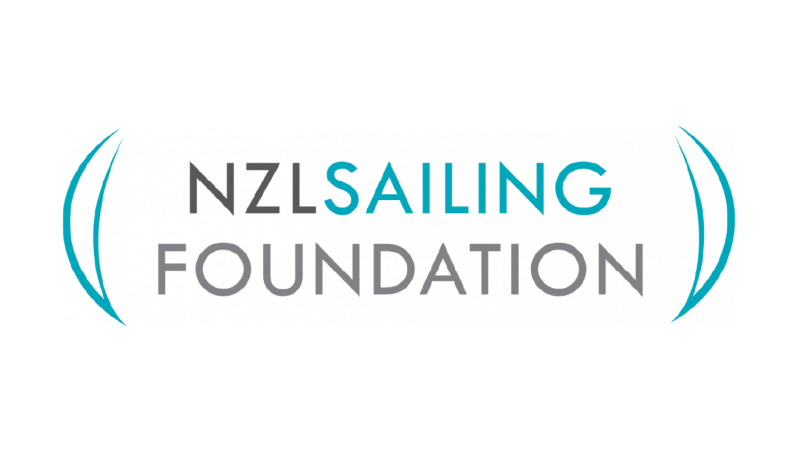'Making speed': Kiwi on Sydney Hobart triumph and staying on top
It was a climax that captivated the sailing world - two supermaxis in a match race to the line of the Sydney Hobart Yacht Race - eventually separated by a mere 51 seconds after almost two days at sea.
But though the eyes of much of the sporting world were glued to screens for one of the closest finishes in race history and arguably the most dramatic, for one of the Kiwis on board line honours winner LawConnect it was the 43 hours spectators didn't get to see that will linger in his memory.
Tony Mutter has been back home in Dairy Flat, north of Auckland for a few weeks, following LawConnect's triumph in late December. The 54-year-old father of two was the sailing master on the Australian flagged boat that overtook defending champion Andoo Comanche in the home straight to snatch victory from what many believe is the fastest monohull on the planet.
Brad Jackson and Scott Beavis were the other New Zealanders.
Andoo Comanche had led for much of the race before entering the River Derwent for the final sprint - where a combination of good fortune and great sailing got LawConnect across the line first.
"There's always a bit of a slowdown and a compression when you're entering the Derwent, but I had never experienced it to the full before," Mutter admits.
"I'd heard about how you can have a drift off and the boats will catch up and restart the race there and we knew the moment we entered the Derwent that we were probably going to be in that situation.
"The luck on our side was it was daylight, so you could see the breeze pretty nicely on the water, and it kind of did the opposite to what it has done in the past."
While, traditionally, the right side of the river course is favoured Mutter spotted breeze to the left.
"So, we went to the left and worked that edge as much as we could. From there it was just a matter of staying in that breeze until we were level with the other boat. Then anything could happen."
And it did. A remarkable game of cat and mouse resulted in the second-closest finish in Sydney to Hobart history (after Condor of Bermuda beat Apollo by seven seconds in 1982) with Mutter and his crew crossing the finish line in one day, 19 hours, three minutes and 58 seconds.
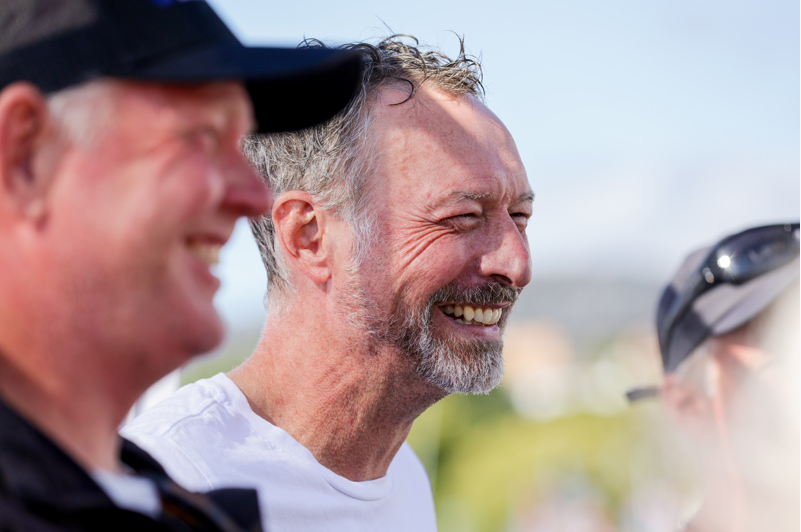
Mutter is no stranger to success - the win aboard LawConnect was his third in 10 attempts in the Sydney to Hobart to go with two victories in six Ocean Races and a raft of others in some of the world's highest-profile offshore events.
LawConnect's rivalry with Andoo Comanche added to the sense of occasion and the latter's acknowledgement that they were outsailed in the Derwent was the ultimate compliment, Mutter says.
"I know that boat [Andoo Comanche] well because I was involved in the design group way back in 2014 and I'd done a lot of miles on it.
"That was always the goal - for us to be as close to them as we can, just so we had an opportunity if something happened. And we did that. The last bit was great and I'm sure it was good TV but that wouldn't have happened without the other 95 per cent of the race. That's what put us in that position because we really should have been 30, 40 miles behind them by then. As it turned out, we were only 1.2 miles adrift at the start of Storm Bay."
They had earlier overcome rough conditions and severe storms off New South Wales that claimed their J-zero and had forced several other vessels to retire - including pre-race favourite SHK Scallywag.
Westerlies in the high 30 knots with rain, thunder and lightning, and easterly swells of up to a metre and a half meant they were constantly sailing "on a knife edge".
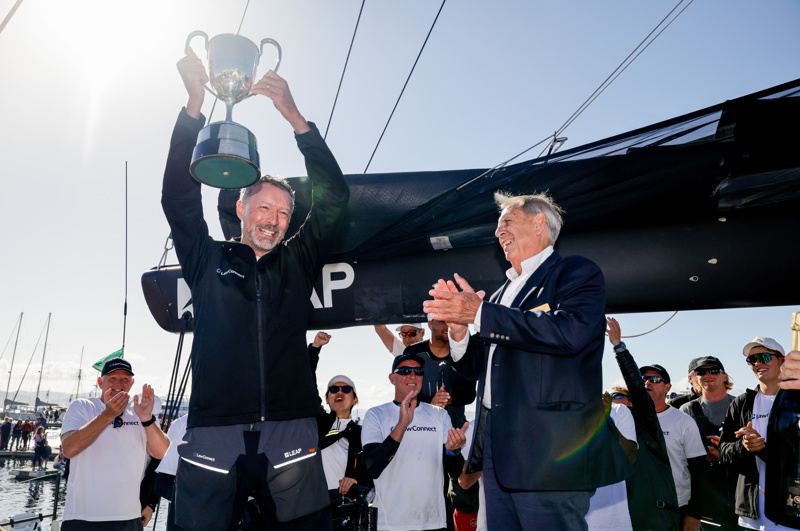
Though owner Christian Beck assumed the role of skipper, Mutter's part in the campaign was critically important.
"It's a bit of a juggling act. I skipper when Christian's not on board and I run the budget for him for the year. We agree on the plan and then Christian puts a lot of trust in us and just lets us get on with it."
Being first on line honours is made all the more special considering some of the financial and other realities LawConnect had to contend with.
"We're almost not on an even playing field with the other guys because we have a limited budget, we have corporate guests on board and so we're racing with less crew," Mutter said.
"For me, that added to the challenge, and it makes you change your mindset and how you plan, how you think about and achieve your goals. In other big-budget campaigns, it's a what-you-want-you-get kind of thing. The chequebook is open. This one was quite different, but it makes you realise that a lot of that is too much and it's good to be grounded with some limitations and to still be successful."
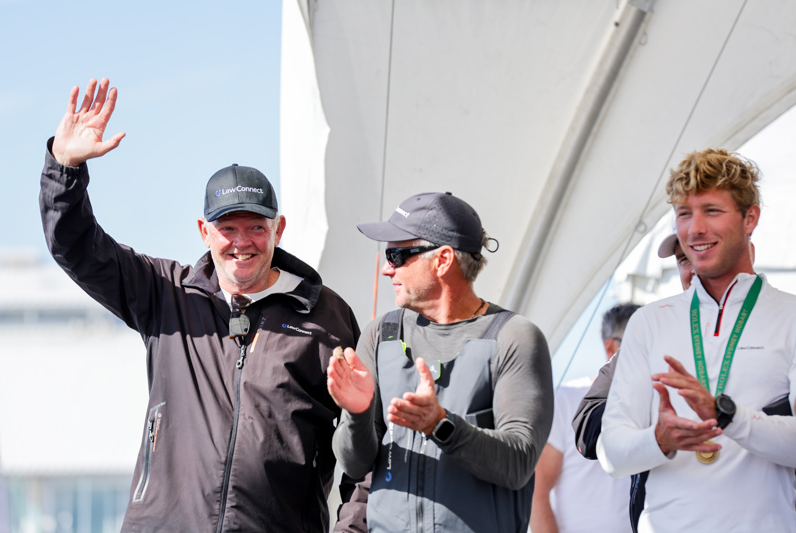
A professional sailor for the best part of three decades, Mutter got into it quite by chance.
"I started sailing when I was really young - about 4 - when my father borrowed a boat off the neighbour. Then came the P Class and Starlings and eventually I did the Laser world championships, the OK [Dinghies] worlds and a Finn campaign before '92 [Olympic Games].
"I was crewing on an International 14-footer, which were quite popular back in the 90s, and the guy I was sailing with Nick Willetts had sailed around the world in Endeavour. One day, I told him I'd be keen to do one of those races. The next day I got a call from a Swedish guy called Gunnar Krantz, who was the skipper of Swedish Match. He happened to be in Auckland, I had an interview with him and the next thing I was on the crew. This was '95 or 96'. Things were done a bit differently back then."
He's done "more sea miles than you can count" since and has some interesting stories to tell - like the time he had to be operated on by a teammate at sea during the then Volvo Ocean Race.
"I was part of the Ericsson 4 team for the 2008-2009 campaign, and I had an infected knee. I'd obviously hurt it when we'd started in Alicante and I could barely stand on it by the time we got all the way down to just before Cape Verde on our way to South Africa," Mutter recalls.
"It got to the point where we talked to the onshore medics and they said, look, if you can't drain it, you've got to get the guy off because it could be a problem."
He still spends plenty of time away from home - but now tries to limit it to at most three months per year.
"There are people who do a lot more [time away] and you can really go crazy if you want. That's why the stuff in Australia is so good as it means I can limit some of the European tours."
Mutter was meant to set sail on a transatlantic race from Lanzarote to Granada shortly after the Sydney Hobart, but the boat pulled out at the last minute.
"It's had a bit of a chain reaction because that boat was going to do the Caribbean 600 and a couple of other races, too. So, from the front end of the year, which was meant to be really busy, it is now not."
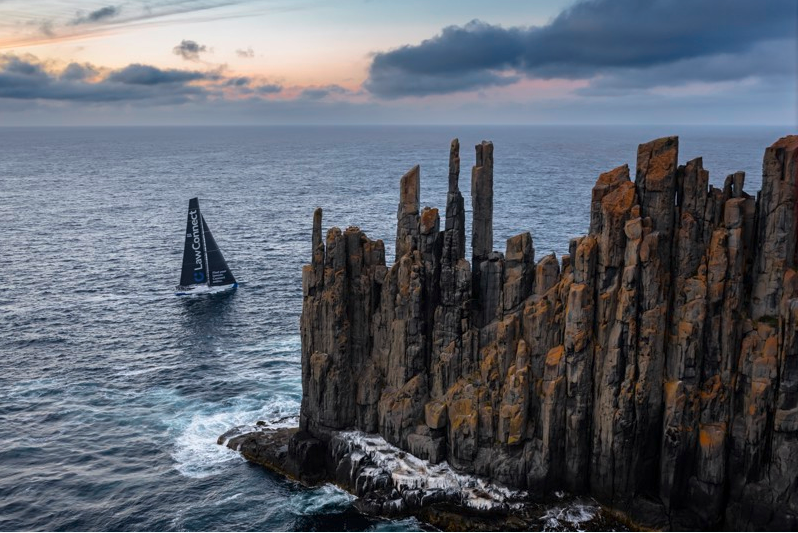
The unexpected downtime has given Mutter the chance to explore a relatively new passion - wingfoiling.
"I'm a tragic. I've just gone out and bought myself a whole new quiver of wings for this year," he laughs.
"I just wanted to see what it was like, and I got hooked. And it's good fitness, too. I've just about perfected how to gybe, but you won't find me on a racecourse until I can learn how to tack!"
"Winging" is a breath of fresh air while other sailing classes are at risk of becoming stale, Mutter says.
"In my opinion, that's a big challenge for dinghy sailing. Some classes are struggling to evolve while ocean racing is evolving fast. We've gone from racing around the world, from alloy rigs to carbon rigs, from Kevlar sails to carbon sails, and now they're racing around on foils."
While the landscape has changed radically, developing different sailing skills will always be valued on the big boats, Mutter says.
"I started as a sailmaker to finance my dinghy sailing. It wasn't a high-paying job, but it gave me the skills that I still use today and it allowed me to go from having to make money to sail, to getting paid for sailing.
"I'd encourage youngsters to develop their skills as much as possible - tuning, knowing how to develop equipment to get the best out of it. Those are the things that add value to any big professional team.
"They all want sailors who can help make speed."
Final results and standings from the 2023 Sydney Hobart Race here.
